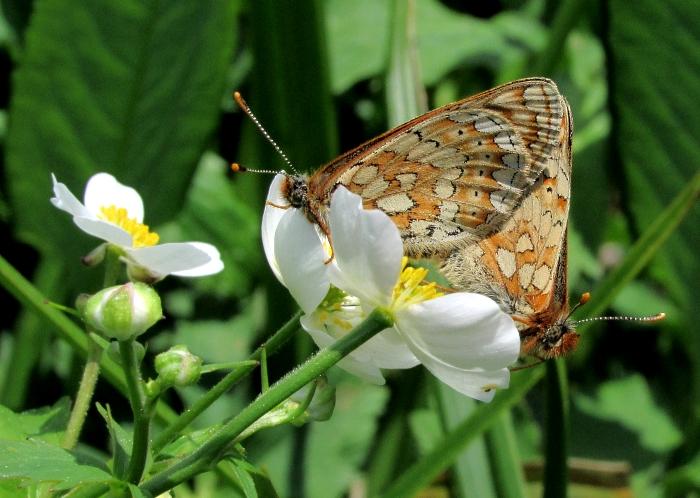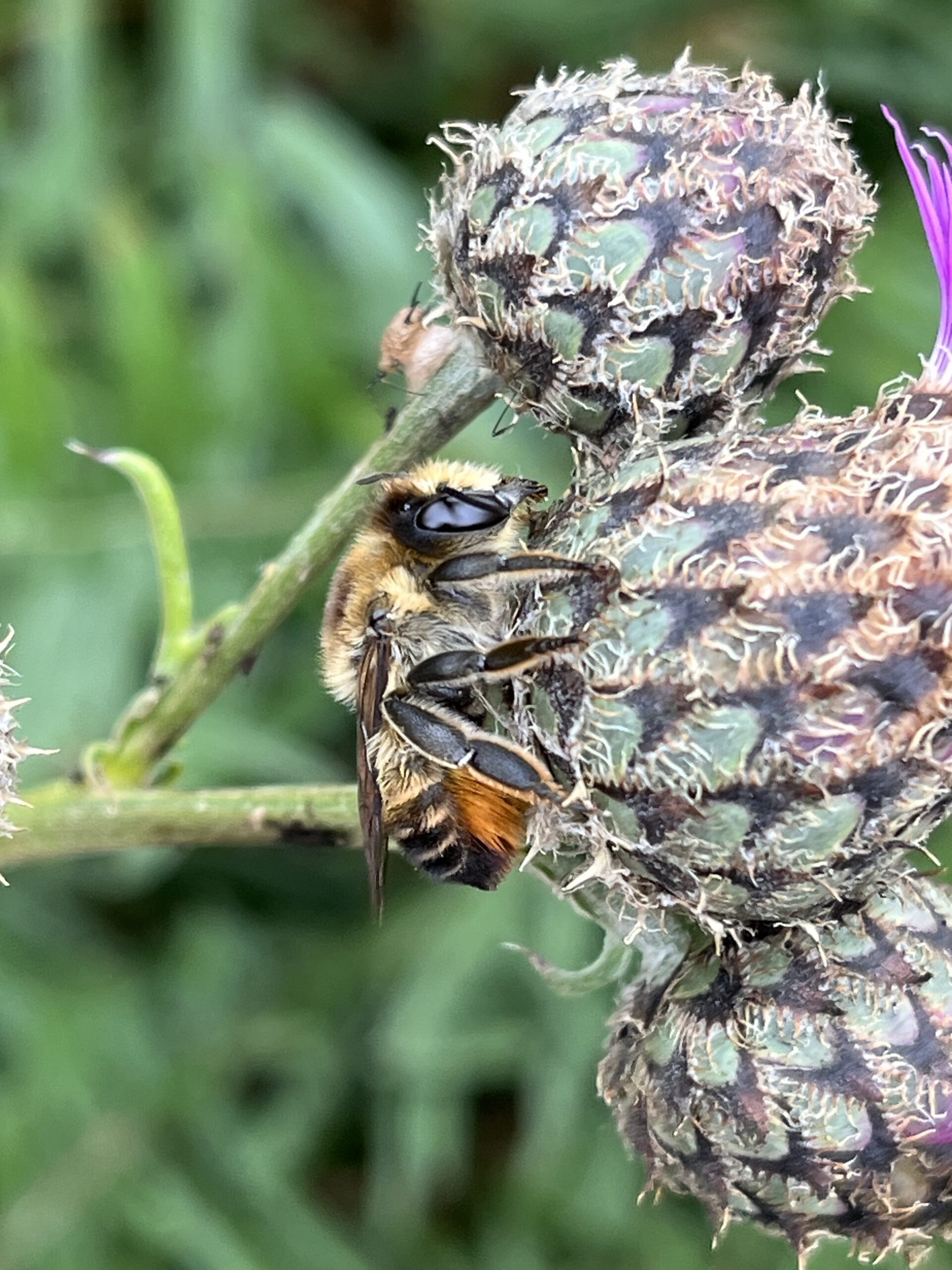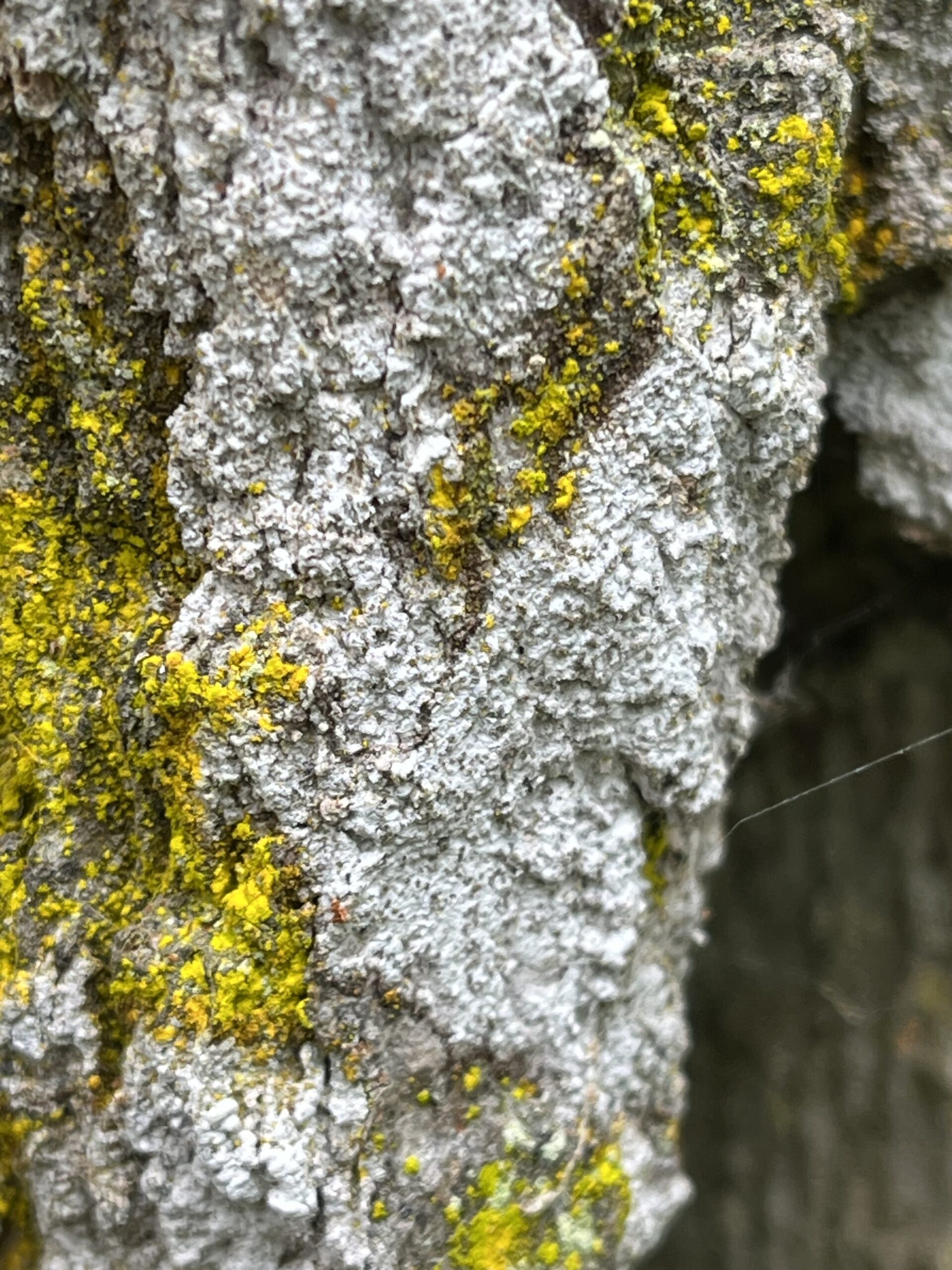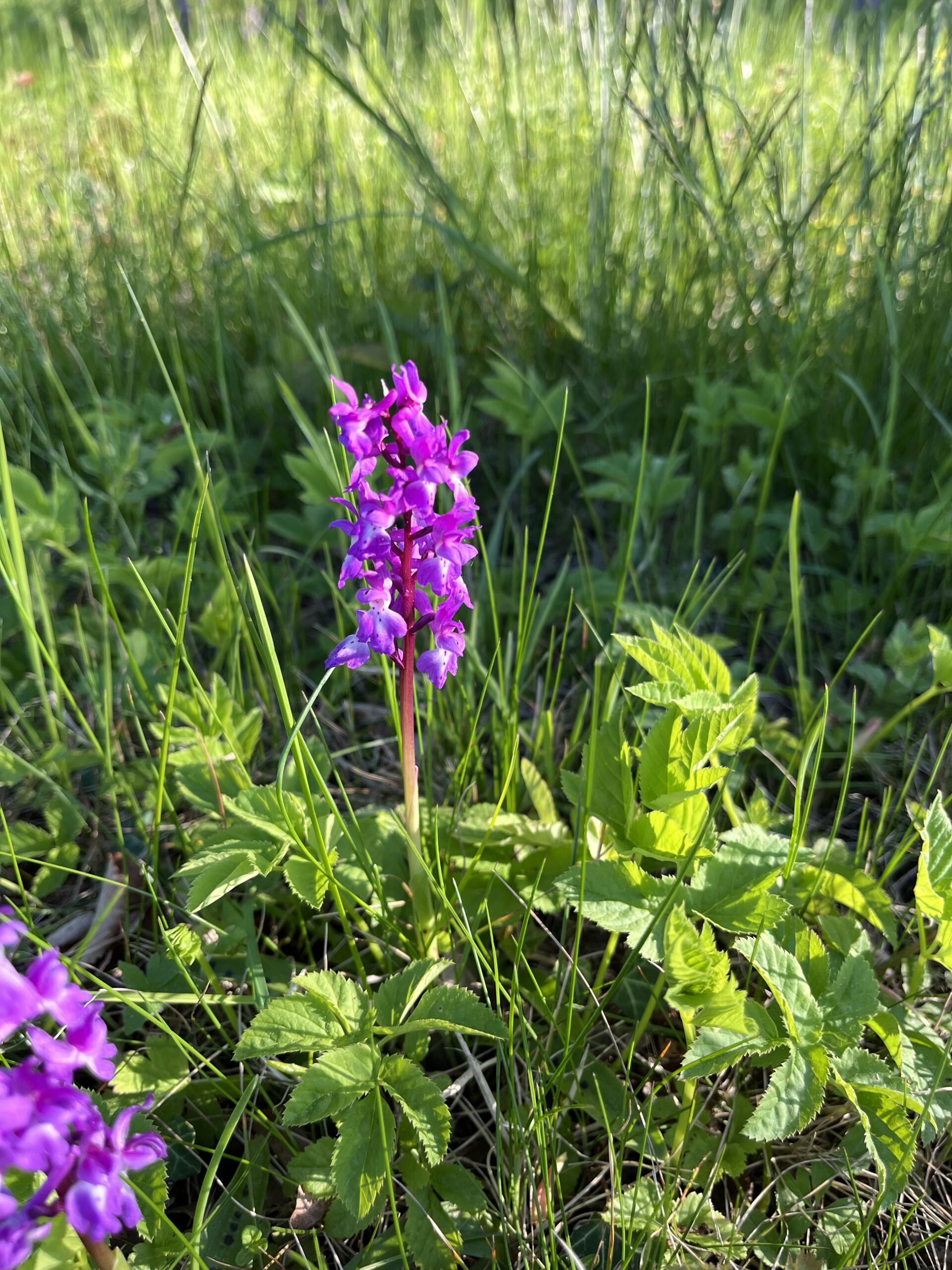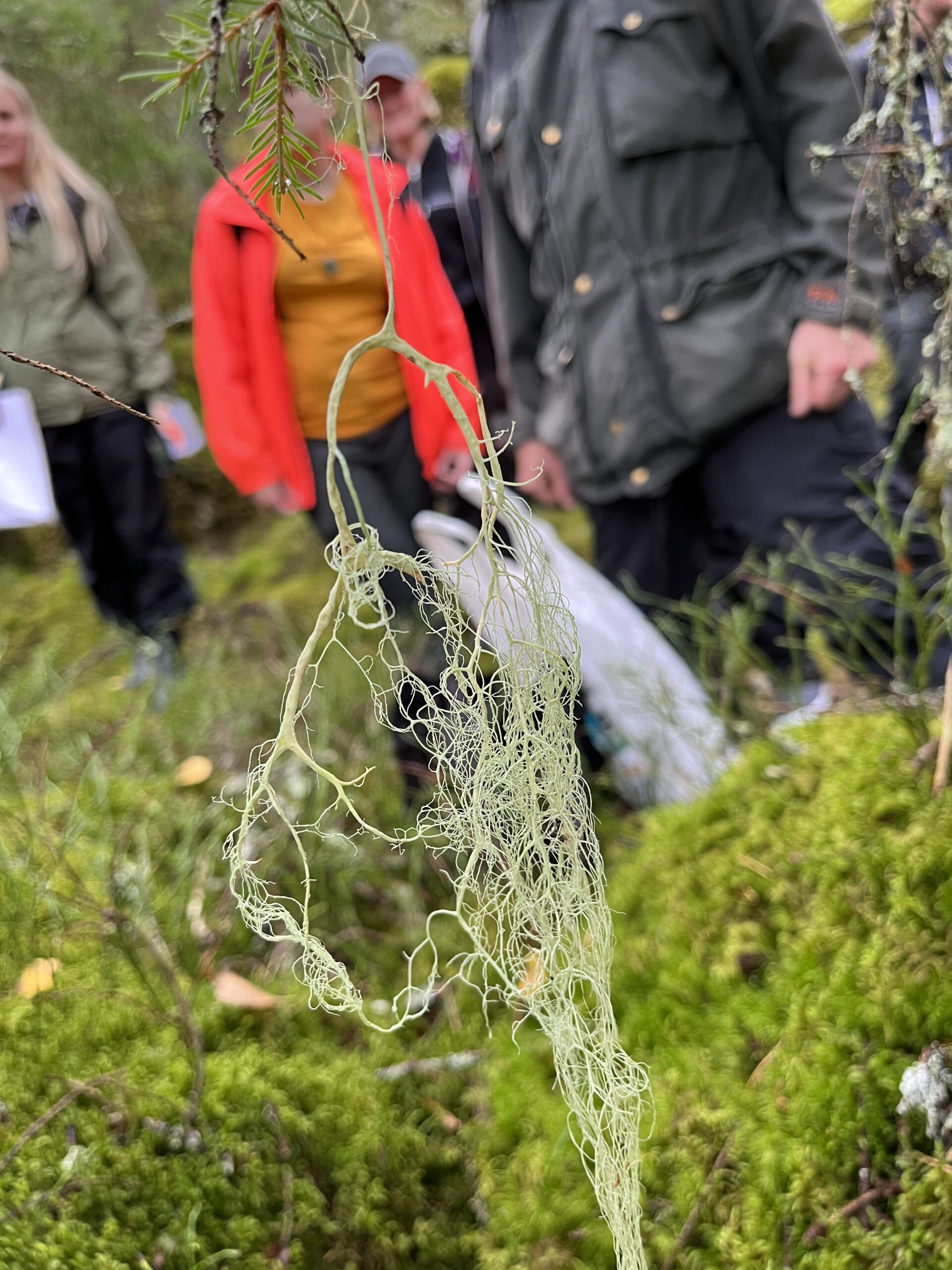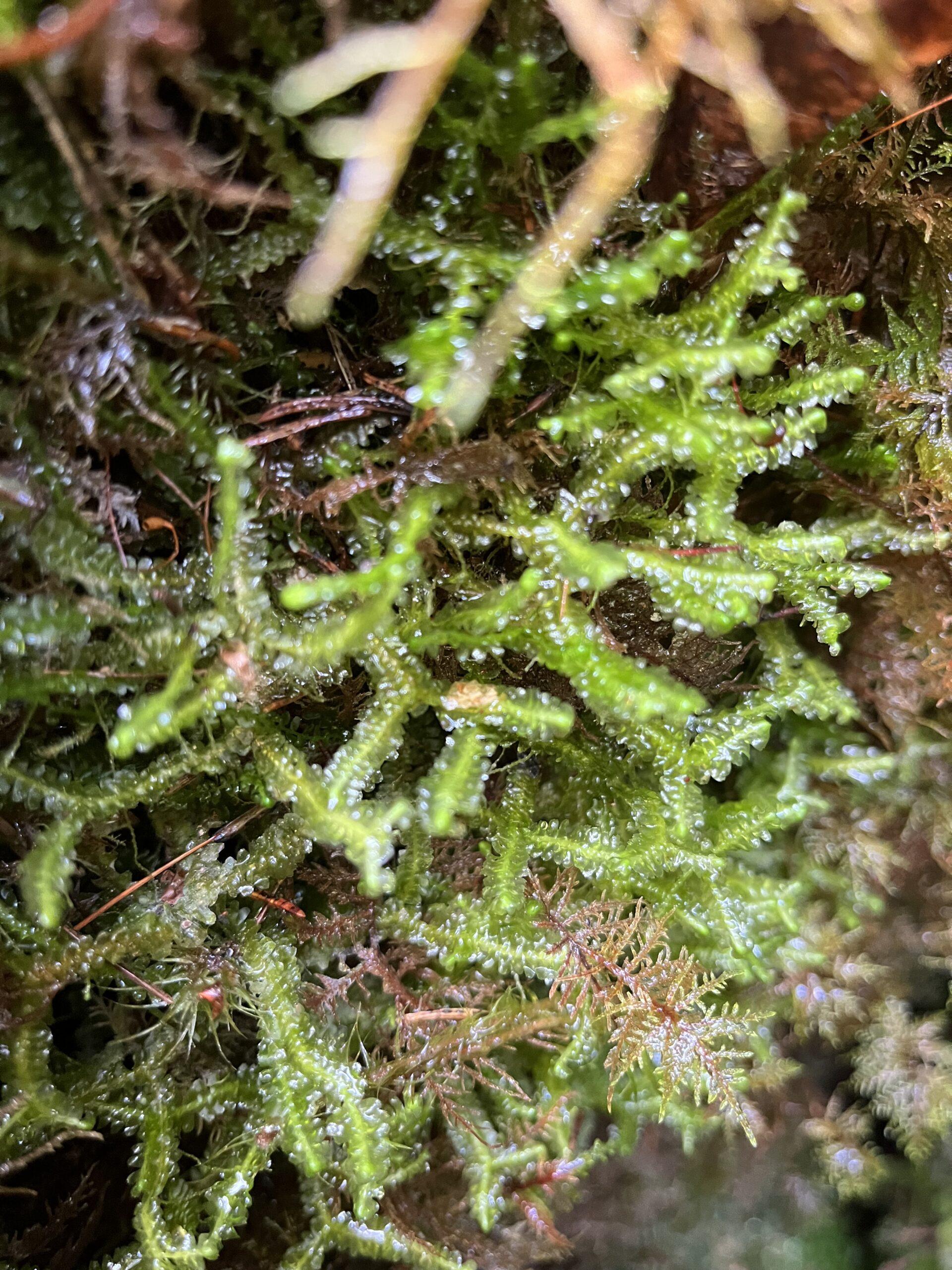Tracking the Trends and Spatiotemporal Variation of Marsh Fritillary on Gotland
Tracking the Trends and Spatiotemporal Variation of Marsh Fritillary on Gotland
OVERVIEW
Amanda’s master’s project focuses on the trends, population size, and spatiotemporal variation of the Marsh Fritillary (Euphydryas aurinia) on Gotland, Sweden. This species is currently listed as Vulnerable (VU) and has experienced significant fluctuations in population size due to environmental changes.
Key Objectives

Track the size and fluctuations of Marsh Fritillary populations over time.

Study how the population varies across different habitats and seasons on Gotland. .

Identify critical habitat features and the impact of patch size and isolation on population stability.
Key Findings
Population Fluctuations: The Marsh Fritillary population on Gotland exhibits significant annual fluctuations, influenced by environmental conditions such as rainfall and temperature.
Habitat Preferences: The species thrives in open wetlands and fens with abundant host plants like Succisa pratensis (Devil’s-bit Scabious). However, habitat quality and connectivity are crucial for its survival.
Impact of Habitat Isolation: Populations in isolated habitat patches are more vulnerable to decline, emphasizing the need for connected networks of suitable habitats.
conservation implications
conservation implications
CONSERVATION IMPLICATIONS
Habitat Management: Effective conservation strategies must focus on maintaining and restoring open wetland habitats, controlling succession, and ensuring habitat connectivity.
Monitoring and Adaptation: Continuous monitoring and adaptive management are essential to respond to the population’s dynamic nature and environmental changes
project significance
project significance
Amanda’ s research highlights the critical importance of understanding spatiotemporal variation and habitat requirements for the conservation of the Marsh Fritillary. These insights can guide targeted conservation efforts to support the long-term survival of this vulnerable species in Gotland.
